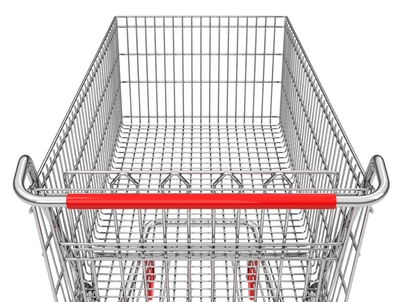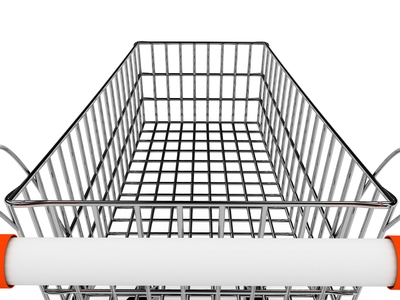By now, it’s apparent that we shop … or, at least, spend lots of time in visual retail contemplation.
[That’s online and off, if it matters.]
So we creatures of habit were slightly intrigued by Square CEO Jack Dorsey’s suggestion that we do more with purchase receipts than stuff them in shopping bags. Others have followed up on that recommendation, with ideas ranging from talking receipts to those that extend the conversation via tone, brand, and voice.
Notice we said “slightly.” Those little pieces of paper are, in our hands, annoying; we collect them in one place, then file for the annual IRS drudgery (and accountants’ delight). If we belong to a frequent buyers’ club, we’ll note the points – and, perhaps, the rewards. Then crumple them up. Other than that, they’re a legally required nuisance mandated for all U.S. retailers.
What would it take for us to pay attention to our transaction? Here are a few of our brainy-isms:
- Make it pretty. Seriously, we’re like magpies, attracted to glitz and glitter.
- Make it useful. That might include an embedded chip or flash drive, ready to input into our QuickBooks or waveaccounting or other records management. [Then again, there’d probably be an upcharge for this … ]
- Make it memorable. Gift cards, especially from the majors, are usually well packaged. Tiffany’s lovely blue box, Starbucks’ pick-your-own plastics, Neiman’s always-smart ‘you’ve got a gift’: Why not the receipt?
Or: We’d easily be swayed to go the other way, giving our salespeople a memory stick and asking them to upload our receipts. Period.
Too much brand conversation is, at times, simply too much brand talk.


